Introduction
Loquat, also known as the Japanese plum or Eriobotrya japonica, is a fruit cherished for its unique sweetness and subtle floral aroma. Its golden-orange hue and delicate texture make it an ideal candidate for various culinary delights, with loquat jam standing out as a particular highlight. Preserving loquat jam not only extends its shelf life but also allows you to enjoy this delightful treat throughout the year. This comprehensive guide will walk you through the process of making and preserving loquat jam, ensuring that you can relish its flavor long after the loquat season has passed.
Choosing the Right Loquats
Before diving into the jam-making process, it’s crucial to start with high-quality loquats. Here are some tips for selecting the best loquats:

-
Ripeness: Opt for fully ripe loquats that are a vibrant orange-yellow color. Avoid those that are green or have brown spots, as they may be underripe or overripe, respectively.
-
Texture: Feel the loquats to ensure they are firm but yield slightly to pressure. Overly soft loquats may be too ripe or bruised.
-
Scent: A fresh, slightly floral aroma indicates ripe, delicious loquats. Avoid those that smell bland or have an off-putting odor.
-
Variety: While most loquats share similar characteristics, some varieties may have slightly different flavors and textures. Experiment with different types to find your favorite.
Preparing the Loquats
Once you’ve selected your loquats, it’s time to prepare them for jam-making:
-
Washing: Rinse the loquats thoroughly under cold running water to remove any dirt or debris. Pat them dry using a clean kitchen towel or let them air-dry.
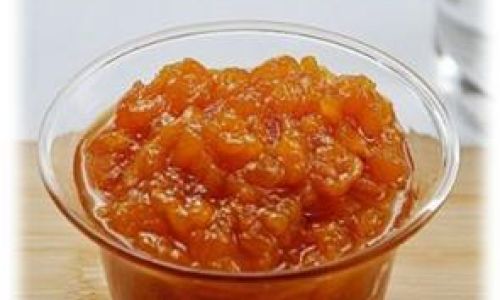
-
Peeling and Seeding: While some recipes call for leaving the peels on for added texture and color, others prefer a smoother jam. If peeling, use a vegetable peeler to remove the skin. Cut the loquats in half and remove the seeds with a small spoon or your fingers.
-
Chopping: Chop the peeled and seeded loquats into small pieces. The size of the pieces will affect the final texture of your jam, so chop according to your preference.
Making the Loquat Jam
Now, let’s dive into the jam-making process. Here’s a basic recipe to get you started:
Ingredients:
- 4 cups chopped loquats
- 2 cups granulated sugar (adjust to taste)
- 1/4 cup fresh lemon juice (about 1-2 lemons)
- 1/4 cup water (optional, for a thinner jam consistency)
- 4 tablespoons pectin (optional, for a firmer set)
Instructions:
-
Combining Ingredients: In a large, heavy-bottomed pot, combine the chopped loquats, sugar, and lemon juice. If using pectin, sprinkle it over the fruit mixture. Stir well to combine.
-
Simmering: Place the pot over medium heat and stir occasionally until the sugar begins to dissolve and the mixture comes to a boil. Reduce the heat to low and let it simmer, stirring frequently to prevent sticking and burning.
-
Skimming: As the jam simmers, foam may form on the surface. Use a ladle to skim off and discard this foam. It’s important to do this periodically to ensure a clear, smooth jam.
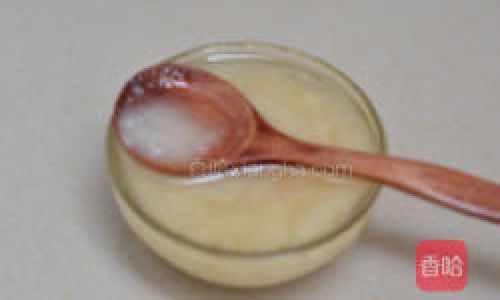
-
Testing for Set: To test if the jam has reached the desired consistency, spoon a small amount onto a chilled plate and let it cool for a minute. Run your finger through the jam; if it wrinkles or forms a skin, it’s ready. If not, continue simmering and test again.
-
Adding Water (Optional): If you prefer a thinner jam, you can add water a little at a time during the simmering process, stirring well after each addition. Be cautious, as too much water can affect the jam’s setting ability.
-
Removing from Heat: Once the jam has reached the desired consistency, remove the pot from heat and let it sit for a few minutes to cool slightly.
Preserving the Loquat Jam
Preserving your loquat jam properly is essential to ensure it stays fresh and delicious for months. Here are two common methods: canning and refrigerating.
Canning Loquat Jam
Canning is a great way to preserve jam for long-term storage. Here’s how to do it:
-
Sterilizing Jars: Start by sterilizing your jars and lids. You can do this by boiling them in a large pot of water for at least 10 minutes. Use tongs to remove them and let them air-dry on a clean kitchen towel.
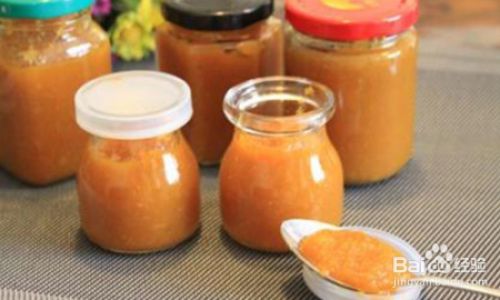
-
Filling Jars: Ladle the hot jam into the sterilized jars, leaving about 1/4 inch of headspace at the top to allow for expansion during processing. Wipe the jar rims clean with a damp cloth to remove any jam residue.
-
Sealing Jars: Place the lids on the jars and screw the bands on tightly.
-
Processing in a Water Bath Canner: Fill a large pot or water bath canner with enough water to cover the jars by at least 1-2 inches. Bring the water to a rolling boil and carefully lower the jars into the pot using a jar lifter. Process the jars for 10-15 minutes (adjust time based on altitude).
-
Removing Jars: Carefully remove the jars from the water bath and let them cool completely on a kitchen towel or wire rack. Listen for the pinging sound as the lids seal; this indicates a successful vacuum seal.
-
Storing Canned Jam: Once cooled, check the seals by pressing the center of each lid. If it doesn’t move, the jar is sealed. Store the sealed jars in a cool, dark place for up to a year.
Refrigerating Loquat Jam
If you prefer not to can your jam or plan to use it within a few weeks, refrigerating is a simpler option.

-
Cooling Jam: Let the jam cool completely to room temperature.
-
Transferring to Containers: Pour the jam into clean, airtight containers. Leave about 1/2 inch of headspace to allow for expansion.
-
Refrigerating: Place the containers in the refrigerator. Properly stored, refrigerated loquat jam will keep for about 2-3 weeks.
Troubleshooting and Tips
- Thin Jam: If your jam is too thin, you can either simmer it longer to evaporate more liquid or add a bit more pectin during the next batch.
- Lumpy Jam: Lumps can occur if the sugar isn’t fully dissolved before simmering. Stir well and ensure all sugar grains are dissolved before proceeding.
- Crystallization: Crystallization happens when sugar separates from the jam. To prevent this, stir the jam frequently during simmering and avoid stirring once it’s removed from heat.
- Storage Conditions: Always store canned jam in a cool, dark place to prevent spoilage. Refrigerated jam should be kept in the coldest part of your fridge.
Conclusion
Preserving loquat jam is a rewarding endeavor that allows you to capture the essence of summer and enjoy it year-round. By following these steps and tips, you can create delicious, long-lasting loquat jam that will bring a smile to your face every time you open a jar. Whether you choose to can or refrigerate your jam, the key is to start with fresh, high-quality loquats and to follow proper preservation techniques. Happy jam-making!


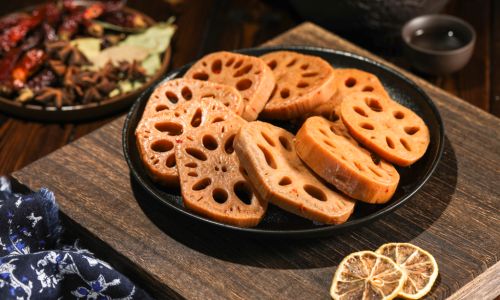
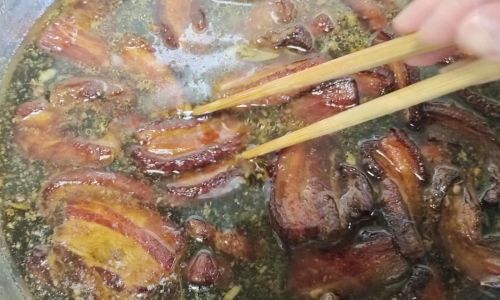

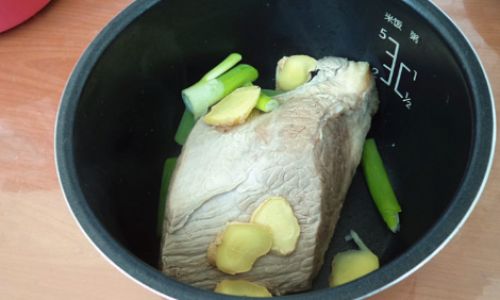
0 comments